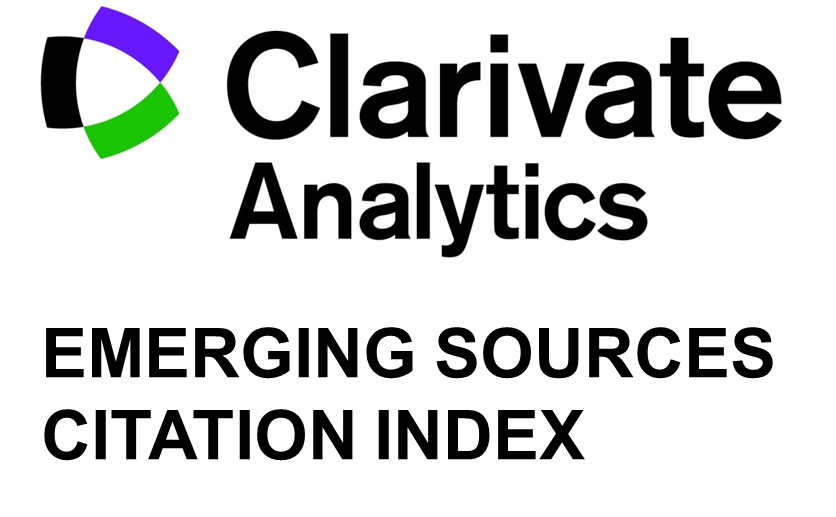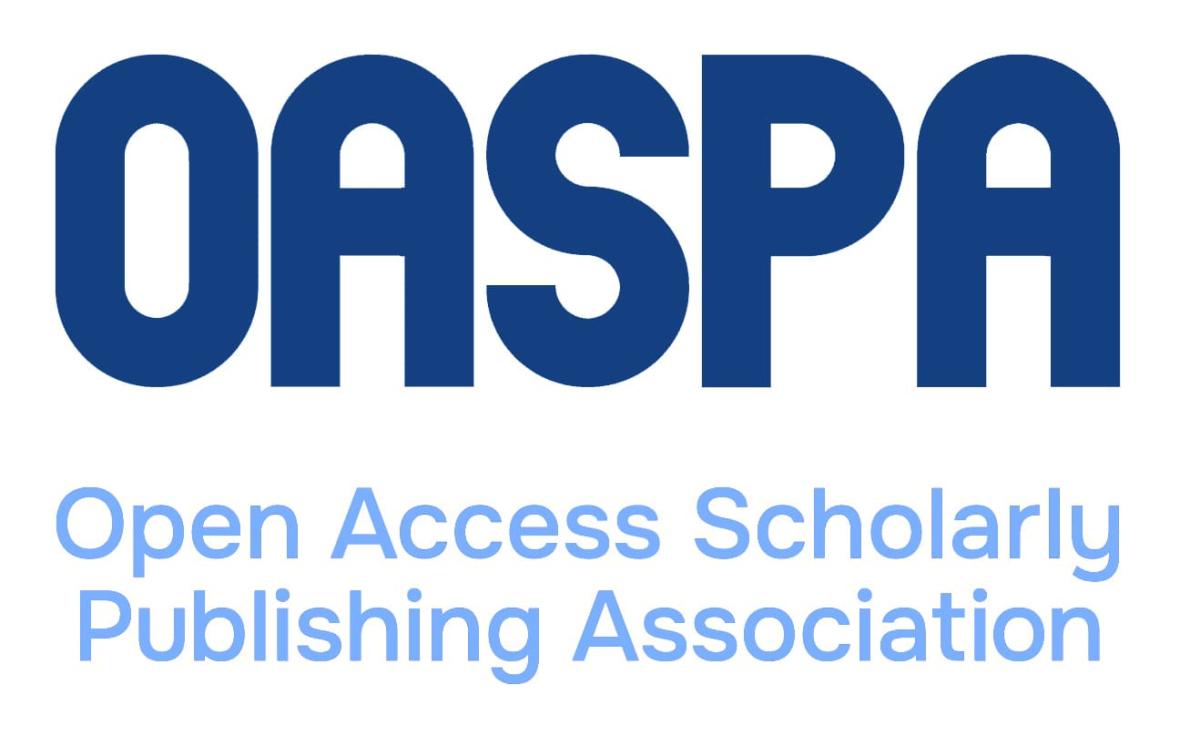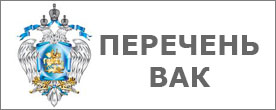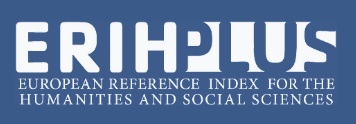P. V. Druzhinin. Features of the Development of the Central Regions of the European Part of Russia in 2009‒2021
https://doi.org/10.15507/2413-1407.033.202501.104-119
EDN: https://elibrary.ru/puwrxs
УДК / UDK 332.12
Abstract
Introduction. The concentration of resources in Moscow limits the development of some regions in the center of European Russia, but at the same time contributes to the growth of the economy of the nearest regions. The aim of the study is to identify the specific features of regions depending on the dynamics of their development and distance to Moscow and, by building models, to evaluate and compare the efficiency of their development.
Materials and Methods. The work analyzed Rosstat data on the main indicators of regional development. Depending on the dynamics of GRP and labor productivity of regions in 2009–2021, groups of regions are identified and their features are analyzed. Based on the analysis of graphs and the construction of models, the effectiveness of investments in the economy of the region was assessed.
Results. It is shown that ring groups of regions with similar economic growth rates are formed around Moscow, shifted to the south. Three central regions (Moscow, Kaluga and Tula regions) are characterized by the highest rates of economic growth. Around them there is a ring of nine regions with low rates of economic growth. Further, a semi-ring of eight more successfully developing regions is formed. They are also losing population, but investments in their economy are growing, which allows for a rapid increase in labor productivity. The analysis of the data also showed that among the 25 regions under consideration, there is a relationship between the rates of economic growth and the northern latitude of the regional capital, and the northern and easternmost regions that close the semi-ring of rapidly growing regions have the lowest rates of economic growth.
Discussion and Conclusion. It can be said that the migration of the population to Moscow complicates the development of the regions surrounding it, weakening as the region moves away, but at the same time the growing market of the expanding Moscow agglomeration leads to an acceleration of economic growth in the surrounding territories. The results of this study will be useful for regional and federal authorities to develop a policy to reduce the differentiation of the socio-economic situation of the regions.
Keywords: Moscow agglomeration, regions of the center of European Russia, population, gross regional product, employment, investments in the regional economy
Conflict of interests. The author declares no conflict of interest.
Funding. The study was supported by the Russian Science Foundation under Project No. 23-28-00446 (https://rscf.ru/project/23-28-00446/).
For citation: Druzhinin P.V. Features of the Development of the Central Regions of the European Part of Russia in 2009‒2021. Russian Journal of Regional Studies. 2025;33(1):104–119. https://doi.org/10.15507/2413-1407.033.202501.104-119
REFERENCES
1. Olifir D.I. Comparative Analysis of the Spatial Structures of the Moscow and St. Petersburg Agglomerations. Spatial Economics. 2022;18(1):73–100. (In Russ., abstract in Eng.) https://doi.org/10.14530/se.2022.1.073-100
2. Kolomak E.A. Spatial Development of Russia in XXI Century. Spatial Economics. 2019;15(4):85–106. (in Russ., abstract in Eng.) https://doi.org/10.14530/se.2019.4.085-106
3. Leishman C., Liang W. An Alternative Approach to Estimating Agglomeration and Productivity Using Geography, Demography and Evidence from Satellite Imagery. Regional Studies, Regional Science. 2022;9(1):45–65. https://doi.org/10.1080/21681376.2021.2019609
4. Lavrinenko P.A., Mikhailova T.N., Romashina A.A., Chistyakov P.A. Agglomeration Effect as a Tool of Regional Development. Studies on Russian Economic Development. 2019;30:268‒274. https://doi.org/10.1134/S1075700719030109
5. Andini C., Andini M. Mussolini Meets Marshall in the City. Region al Studies, Regional Science. 2023;10(1):184–193. https://doi.org/10.1080/21681376.2023.2166868
6. Ma H., Huang X. Visualizing the Urban Network Constructed by the Most Innovative Enterprises in China. Regional Studies, Regional Science. 2022;9(1):343–346. https://doi.org/10.1080/21681376.2022.2069510
7. García-Estévez J., Duch-Brown N. The Relationship between New Universities and New Firms: Evidence from a Quasi-natural Experiment in Spain. Regional Studies, Regional Science. 2020;7(1):244–266. https://doi.org/10.1080/21681376.2020.1784778
8. Hellwig V. Shoulders and Shadows of Giants: Intra-regional Distribution of the Digital Industry in Germany. Regional Studies, Regional Science. 2023;10(1):234–252. https://doi.org/10.1080/21681376.2023.2180424
9. Rosenthal S.S., Strange W.C. How Close Is Close? The Spatial Reach of Agglomeration Economies. Journal of Economic Perspectives. 2020;34(3):27‒49. https://doi.org/10.1257/jep.34.3.27
10. Pike A., Béal V., Cauchi-Duval N., Franclin R., Kinossian N., Lang T., et al. ‘Left Behind Places’: A Geographical Etymology. Regional Studies. 2023;58(6):1167–1179. https://doi.org/10.1080/00343404.2023.2167972
11. Antonov E.V., Makhrova A.G. Largest Urban Agglomerations and Forms of Settlement Pattern at the Supra-Agglomeration Level in Russia. Regional Research of Russia. 2019;9(4):370‒382. https://doi.org/10.1134/S2079970519040038
12. Makhrova A.G., Nefedova T.G., Treivish A.I. The Central Russian Megalopolis: Polarization of Space and Population Mobility. Vestnik Moskovskogo universiteta. Seriya 5, Geografiya. 2016;(5):77–85. (In Russ., abstract in Eng.) Available at: https://vestnik5.geogr.msu.ru/jour/article/view/247?locale=ru_RU (accessed 12.10.2024).
13. Antonov E.V., Kurichev N.K., Treivish A.I. Shrikin Urban System of the Largest Country: Research Progress and Unsolved Issues. Regional Research of Russia. 2022;12(1):20‒35. https://doi.org/10.1134/S2079970522020010
14. Adler P., Florida R. The Rise of Urban Tech: How Innovations for Cities Come from Cities. Regional Studies. 2021;55(10–11):1787–1800. https://doi.org/10.1080/00343404.2021.1962520
15. Mkrtchyan N.V., Gilmanov R.I. Big Cities of Russia and their Suburbs as Centers of Attraction of Internal Migrants. Vestnik of Saint Petersburg University. Earth Sciences. 2023;68(1):44–63. (In Russ., abstract in Eng.) https://doi.org/10.21638/spbu07.2023.103
16. Nefedova T.G., Starikova A.V. Migration of the Population as a Way of its Adaptation to the Polarization of Space in the Center of Russia. Sociological Studies. 2020;(10):24‒38. (In Russ., abstract in Eng.) https://doi.org/10.31857/S013216250009567-6
17. Luca D., Özgüzel C., Wei Z. The New Geography of Remote Jobs in Europe. Regional Studies. 2024;58(6):1–19. https://doi.org/10.1080/00343404.2024.2352526
18. Novikov A.I. Personnel as a Key Factor in the Development of Regions Included in the Moscow Macroregion. Bulletin of Ivanovo State University. Series: Economics. 2022;(2):58‒63. (In Russ., abstract in Eng.) Available at: http://ivanovo.ac.ru/upload/medialibrary/e42/Вестник-Экономика-2-2022.pdf (accessed 12.10.2024).
19. Moroshkina M.V. Spatial Inequality of the Russian Regions. Regional Economics: Theory and Practice. 2019;17(7):1349–1367. (In Russ., abstract in Eng.) https://doi.org/10.24891/re.17.7.1349
20. Koshkin A.P., Lyubkina O.R. Reindustrialization and New Industrialization in the Industrial Policy of the Subjects of the Russian Federation: Constituents: the Factor of Industrial Parks in the Central Federal District. Central Russian Journal of Social Sciences. 2021;16(3):44‒52. (In Russ., abstract in Eng.) EDN: KKYSQM
21. Sergeeva N.M., Plakhuina Yu.V., Kopteva Zh.Yu. The Impact of Investments on Regional Economic Growth. Bulletin of the Altai Academy of Economics and Law. 2022;(5-3):450‒455. (In Russ., abstract in Eng.) https://doi.org/10.17513/vaael.2232
22. Harris R., Moffat J. The Geographical Dimension of Productivity in Great Britain, 2011–18: The Sources of the London Productivity Advantage. Regional Studies. 2021;56(10):1713–1728. https://doi.org/10.1080/00343404.2021.2004308
23. Coffey D., Thornley C., Tomlinson P.R. Industrial Policy, Productivity and Place: London as a ‘Role Model’ and High Speed 2 (HS2). Regional Studies. 2023;57(6):1171–1183. https://doi.org/10.1080/00343404.2022.2110226
24. Mkrtchyan N.V., Karachuriva L.B. The Baltics and Russian North-West: The Core and the Periphery in 2000s. Baltic Region. 2014;(2):62-80. https://doi.org/10.5922/2079-8555-2014-2-4
25. Graevenitz G. von, Graham S.J.H., Myers A.F. Distance (Still) Hampers Diffusion of Innovations. Regional Studies. 2021;56(2):227–241. https://doi.org/10.1080/00343404.2021.1918334
26. Druzhinin P.V. Economic Development of Russia’s North-Western Regions and Migration to the St. Petersburg Agglomeration. Baltic Region. 2023;(3):100‒116. https://doi.org/10.5922/2079-8555-2023-3-6
27. Em P.P. Development of the System of Central Places of the Moscow Capital Region in the Post-Soviet Period. Regional Studies. 2018;(4):75‒83. (In Russ., abstract in Eng.) Available at: https://publications.hse.ru/articles/450165059 (accessed 12.10.2024).
28. Humer A., Cardoso R.V. Meijers E. Breaking with the Spatial-cycle Model: The Shift towards ‘Syncurbanization’ in Polycentric Urban Regions. Regional Studies. 2022;56(1):21–35. https://doi.org/10.1080/00343404.2021.1969008
29. Makhrova A.G., Nefedova T.G., Treivish A.I. Moscow Agglomeration and “New Mosсow”: The Capital City-region Case of Russia’s Urbanization. Regional Research of Russia. 2013;3(2):131‒141. https://doi.org/10.1134/S2079970513020081
30. Smirnov I.P., Vinogradov D.M., Alexeev A.I. To Moscow or to Saint Petersburg? Population Gravity of the Tver Region according to the Data of “VKontakte” Online Network. Izvestiya Russkogo geograficheskogo obshestva. 2019;191(6):69‒80. (In Russ., abstract in Eng.) https://doi.org/10.31857/S0869-6071151669-80
31. Plyusnin Yu. [Otkhodnichestvo in Modern Russia]. Otechestvennye zapiski. 2012;(5):240‒256. (In Russ., abstract in Eng.) Available at: https://publications.hse.ru/pubs/share/folder/thre1bo62h/69031687.pdf (accessed 12.10.2024).
32. Druzhinin P.V. The Resource Concentration in Moscow: Impact on the Economy of the Central Federal District. Spatial Economics. 2022;18(3):115–140. (In Russ., abstract in Eng.) https://doi.org/10.14530/se.2022.3.115-140
33. Ouwehand W.M., Oort F.G. van, Cortinovis N. Spatial Structure and Productivity in European Regions. Regional Studies. 2022;56(1):48–62. https://doi.org/10.1080/00343404.2021.1950912
34. Gornig M., Schiersch A. Agglomeration Economies: Different Effects on TFP in High-tech and Low-tech Industries. Regional Studies. 2024;58(11):1999–2010. https://doi.org/10.1080/00343404.2024.2318454
35. Brade I., Makhrova A.G., Nefedova T.G., Treivish A.I. Specific Features of Suburbanization in Moscow Agglomeration in the Post-Soviet Era. Izvestiya Rossiyskoy akademii nauk. Seriya geograficheskaya. 2013;(2):19‒29. (In Russ., abstract in Eng.) https://doi.org/10.15356/0373-2444-2013-2-19-29
36. Makhrova A.G., Babkin R.A. Methodological Approaches for Moscow Urban Agglomeration Delimitation Based on Mobile Network Operators Data. Regional Studies. 2019;(2):48–57. (In Russ., abstract in Eng.) Available at: https://istina.msu.ru/publications/article/245905206/ (accessed 12.10.2024).
37. Ananicheva S.R. Migration Processes in the Youth Environment. Scientific notes PNU. 2018;(3):1421‒1425. (In Russ., abstract in Eng.) Available at: https://togudv.ru/media/ejournal/articles-2018/TGU_9_343.pdf (accessed 12.10.2024).
38. Ehrenfried F., Fackler T.A., Lindlacher V. New Region, New Chances: Does Moving Regionally for University Shape Later Lob Mobility? Regional Studies. 2023;57(7):1239–1253. https://doi.org/10.1080/00343404.2022.2119217
About the authors:
Pavel V. Druzhinin, Dr.Sci. (Econ.), Chief Researcher, Institute of Economics, Karelian Research Center of the Russian Academy of Science (50 Prospekt A. Nevskogo, Petrozavodsk 185030, Russian Federation), ORCID: https://orcid.org/0000-0001-5303-0455, Researcher ID: F-4625-2010, Scopus ID: 56502324200, SPIN-code: 7044-9207, pdruzhinin@mail.ru
Availability of data and materials. The datasets used and/or analyzed during the current study are available from the author on reasonable request.
The author has read and approved the final manuscript.
Submitted 11.06.2024; revised 05.11.2024; accepted 16.12.2024.

All the materials of the "REGIONOLOGY" journal are available under Creative Commons «Attribution» 4.0
















